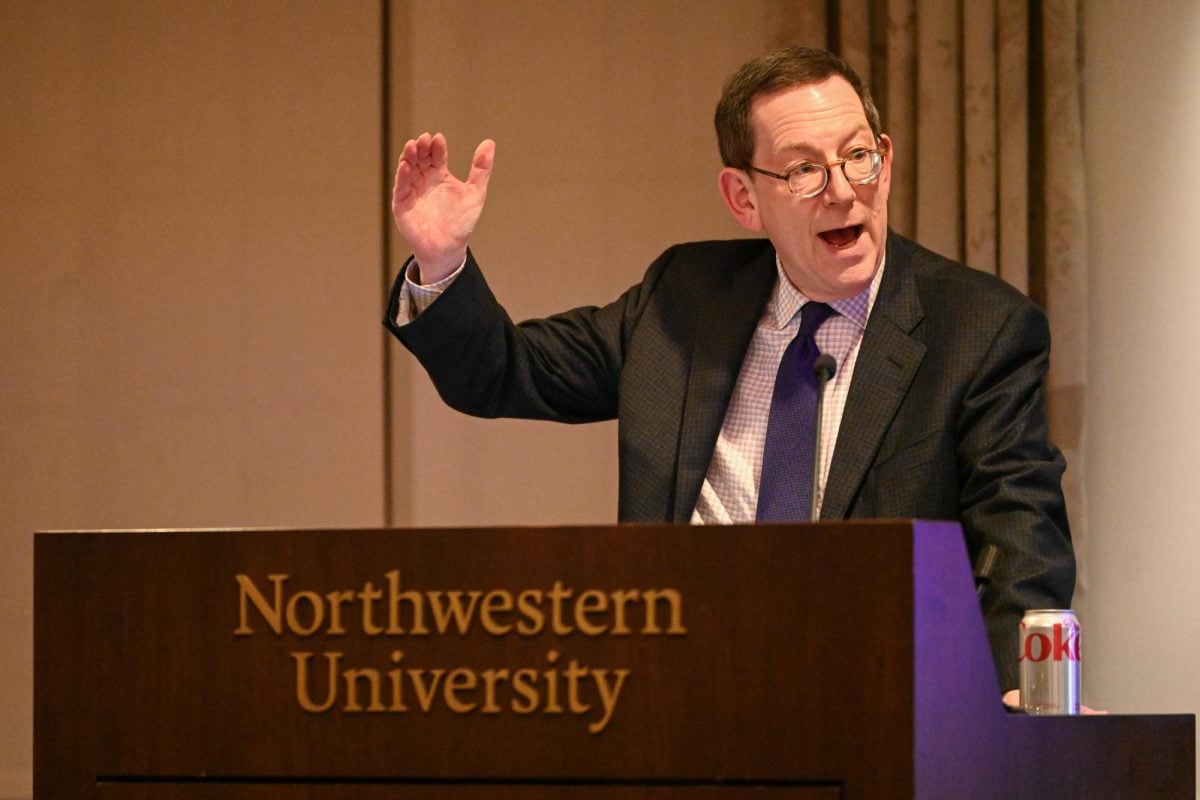Anthropology Prof. Shalini Shankar led a conversation Friday afternoon about the impact of race and ethnicity in advertising.
The discussion, which drew about 25 students, staff members and Northwestern fellows to the Buffet Center, focused on how race is presented in mass media advertising. Shankar said her interest in the topic came from the time she spent on a research project with South Asian-American teenagers in Silicon Valley.
“(They) were such huge consumers of almost everything, including a lot of the ethnic media where I kept seeing these ads, so I wanted to know who makes these ads, who did they think their consumers are, how are they starting to circulate,” Shankar said.
She said the main dilemma in modern advertising is how race and ethnicity should be represented and tie into overall messaging. After discussing the topic, the group decided that depending on the intended audience, advertising targeted people of different races and native languages.
“People shouldn’t just be offended or just praise ads when they see them, and they should reflect critically on some of the meanings that are represented in them,” she said.
Shankar presented several examples of advertisements that portrayed different ethnicities in a poor light, particularly those of Asian descent. She included mid-twentieth century ads depicting Asian individuals with yellow skin, as well as heavily accented English captions. She then showed modern advertisements with more subtle racial messages, such as pairing people of certain races with different products.
Former history Prof. Jock McLane attended the discussion and said he thought the event was interesting because it addressed ethnic differences within advertising agencies.
“People talk about centralized Chinese-American, Indian-American, Japanese-American (identities),” McLane said. “The defining of those groups by centralists causes conflict and a tension between the reality of racism on the one hand and the multiculturalism that is emerging in the society as a whole.”
McLane said although there is a perception of racial progress in society, that is not always reflected in today’s advertising.
“The very broad conclusion is that in the advertising world in American business life, in American life in general, that the differentiation between different ethnic cultures is receding,” he said. “And there’s still a melting pot process going on in spite of talk about the need to preserve and take pride in our differences. The fact is, in the advertising world, those differences are being pushed aside, paid less attention to.”












